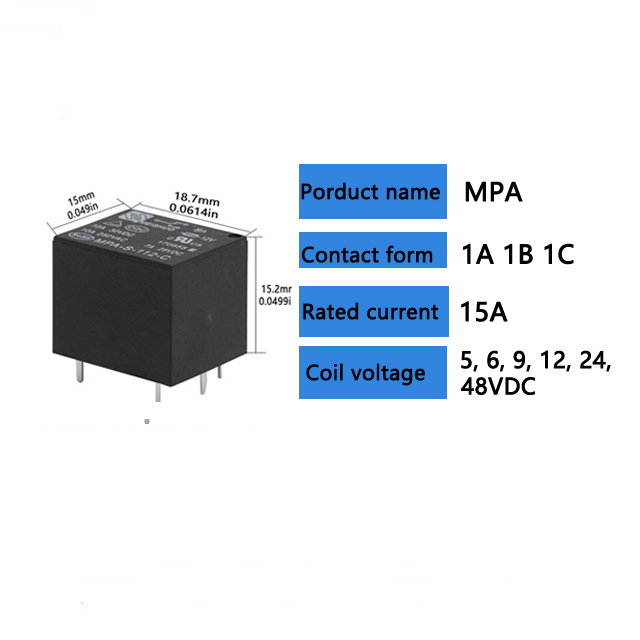Relay selection is an essential technique in modern wireless communication systems designed to enhance signal quality, increase throughput, and optimize resource allocation. With the growing demand for faster and more reliable communication networks, relay selection plays a crucial role in ensuring that data reaches its destination with minimal loss and interference. This article delves into the concept of relay selection, its importance, strategies, and challenges faced in its implementation.

What is Relay Selection? Relay selection refers to the process of choosing the most optimal relay node from a set of candidate relays in a wireless communication network. The goal is to improve the overall network performance by selecting a relay that offers the best possible signal quality, thereby enhancing data transmission reliability and throughput. Relay nodes serve as intermediaries between the source and the destination, facilitating communication over longer distances or through challenging environments, where direct communication might be inefficient or impossible. In a typical communication scenario, the direct path between the source and destination may suffer from path loss, fading, or interference, which can degrade the quality of the received signal. By using a relay node, the system can overcome these challenges and ensure a more stable and robust connection. Relay selection becomes crucial when multiple relays are available, each with varying performance metrics. The task is to select the best relay based on certain criteria, such as signal strength, channel conditions, or energy efficiency.